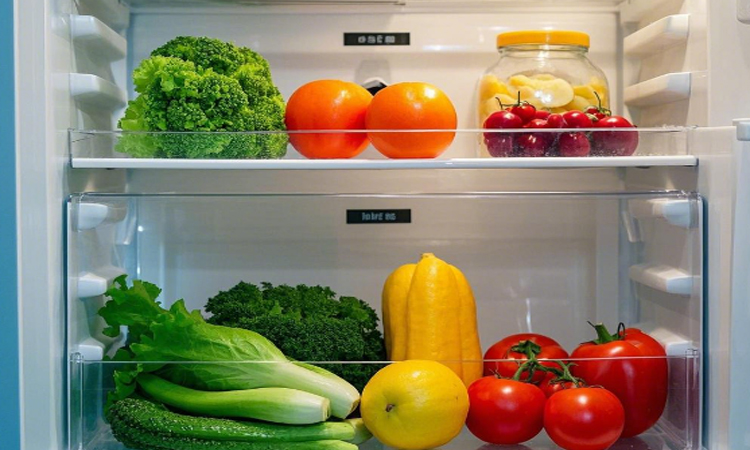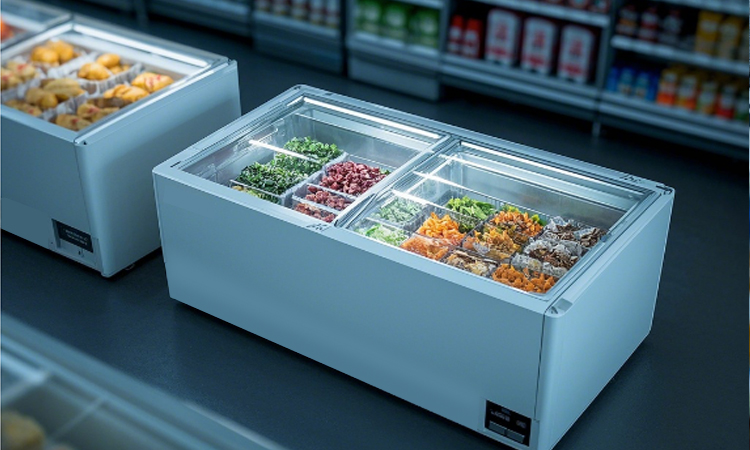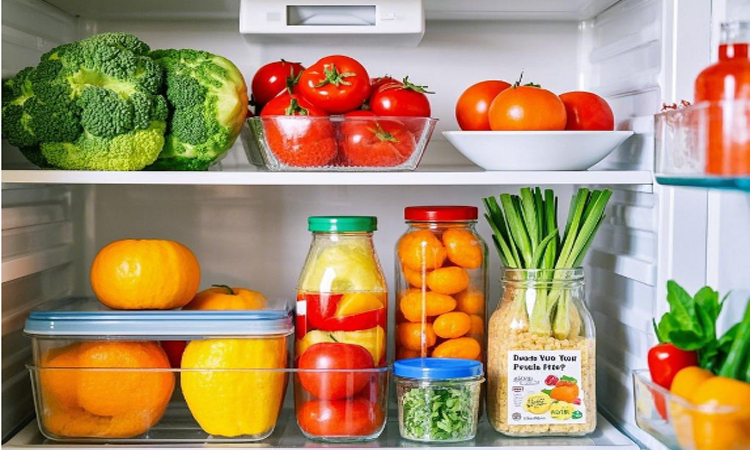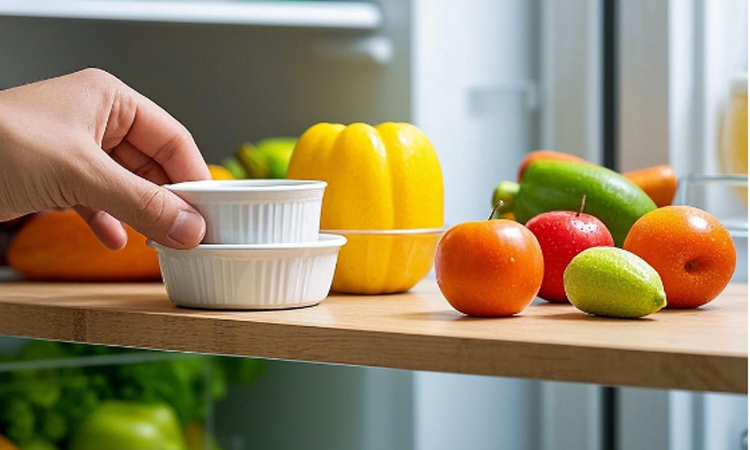
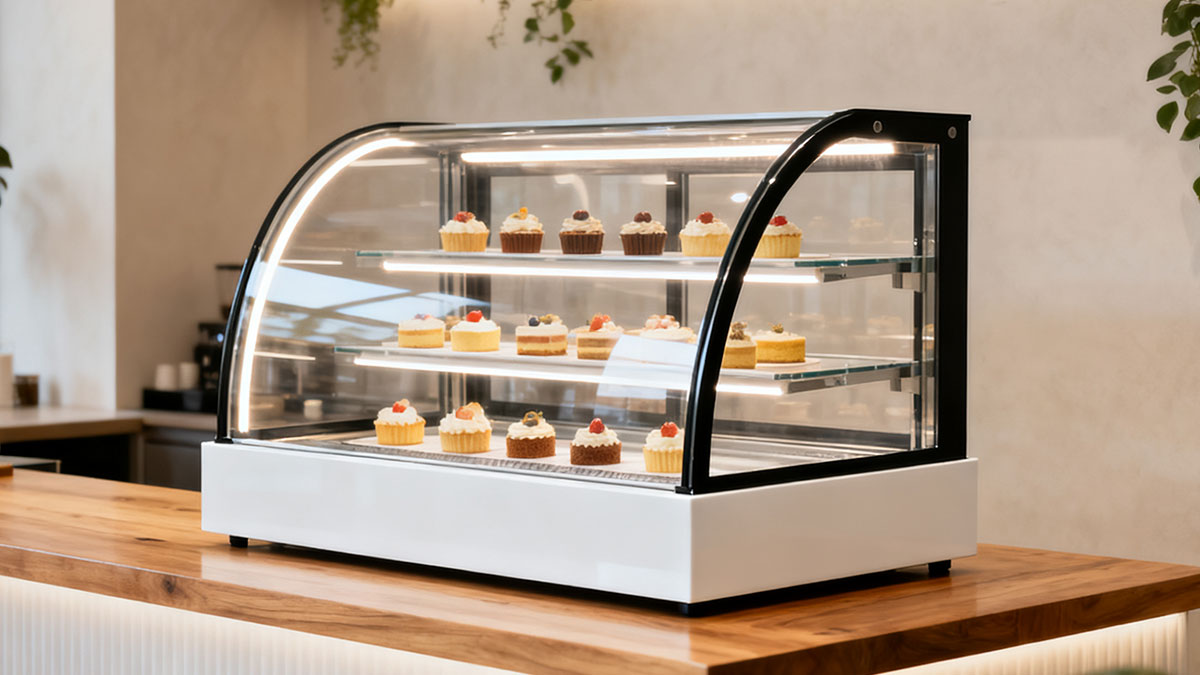
As an essential piece of equipment in bakeries, cafes, and home kitchens, the desktop cake cabinet not only serves the core functions of cake preservation and display but also needs to blend with the spatial style to enhance the overall visual experience. Its design requires a balance of practicality, safety, and aesthetics. The following seven principles provide key guidelines for the design of desktop cake cabinets, ensuring that the product meets usage requirements while adapting to diverse scenarios.
1. Precise Temperature Control and Humidity Regulation Principle
The taste and quality of cakes rely on a stable storage environment. The primary principle for desktop cake cabinet design is "precise temperature control and humidity regulation." The core temperature should be maintained between 2-8°C. This range effectively inhibits bacterial growth while preventing issues such as icing and hardening due to excessively low temperatures. For example, cream cakes tend to separate when the temperature drops below 2°C, and mousse cakes may melt and deform due to temperature fluctuations. In terms of humidity, the relative humidity should be kept at 40%-60%. Excessive humidity can cause the cake surface to become damp and moldy, while too low humidity will lead to moisture loss and a dry texture. During the design process, high-precision temperature control chips and independent humidity adjustment modules should be installed, and a uniform air duct circulation system should be set up inside the cabinet to ensure that the temperature difference in any area does not exceed 2°C, guaranteeing that every layer of cakes is stored in a consistent environment.
2. Space Utilization and Rational Stratification Principle
The "desktop" nature of the cake cabinet limits its size, necessitating scientific stratification design to maximize space utilization. Firstly, the cabinet height should be controlled between 30-45cm, which is suitable for most desktop heights (75-85cm) and avoids occupying excessive vertical space. Secondly, the number of layers should be designed according to common cake sizes, usually 2-3 layers are optimal, with each layer at least 15cm in height. This allows for the storage of 6-inch and 8-inch round cakes, as well as square mousse boxes or sliced cake trays. In addition, the dividing plates should be adjustable, enabling users to flexibly adjust the spacing according to the cake height. The edges of the plates should be rounded to prevent hand injuries during access. The cabinet depth is recommended to be set at 35-45cm, ensuring that standard cake boxes can be fully accommodated, with an additional 5-8cm of operating space for easy cake retrieval.
3. Transparent Display and Lighting Adaptation Principle
As a display storage device, the desktop cake cabinet needs to highlight the visual appeal of cakes through the principle of "transparent display and lighting adaptation." The front and sides of the cabinet should be made of high-transparency tempered glass with a light transmittance of no less than 92%. The glass should also be anti-fog treated. During winter, when there is a significant temperature difference between indoor and outdoor environments, ordinary glass easily fogs up and obstructs the view. Anti-fog glass can maintain clarity through built-in heating wires or coating technology. In terms of lighting design, LED light strips should be embedded at the top of the cabinet or below the dividing plates. Warm white light (color temperature 3000K-4000K) should be chosen, avoiding cold white or colored light. Cold white light can make cream appear grayish, and colored light may distort the true color of the cakes. The light strips should be diffused to prevent direct light reflection, and the lighting coverage should be uniform without obvious shadows, ensuring that the texture and decorative details of the cakes are clearly visible.
4. Material Safety and Hygiene-Friendly Cleaning Principle
Since cakes are in direct contact with the internal environment of the cabinet, the principle of "material safety and hygiene-friendly cleaning" is crucial for ensuring food safety. The cabinet shell is recommended to be made of food-grade 304 stainless steel or environmentally friendly ABS plastic. The former is corrosion-resistant and easy to wipe, while the latter is lightweight and available in various colors, adapting to different spatial styles. The internal dividing plates and trays should be made of food-grade acrylic or PP materials, which are odorless, heat-resistant, and less likely to absorb oil stains. During the design process, gaps and dead corners inside the cabinet should be minimized. For example, detachable sealing rubber strips should be installed at the connection between the cabinet door and the body to prevent food residue accumulation. A detachable water tray should be placed at the bottom of the cabinet to collect condensed water or sewage during cleaning, preventing bacterial growth. In addition, all components in contact with the cakes should be detachable for cleaning and can be assembled without professional tools, reducing the difficulty of daily maintenance.
5. Anti-Collision and Stability Principle
As the desktop cake cabinet is placed on the countertop, it is prone to tipping or cake damage due to accidental collisions. The principle of "anti-collision and stability" should be integrated throughout the structural design. Firstly, anti-slip pads should be installed at the bottom of the cabinet. Silicone or rubber with a high coefficient of friction should be used to ensure that the cabinet does not slide easily on smooth countertops (such as marble or glass). Secondly, the center of gravity of the cabinet should be lowered. This can be achieved by adding counterweights at the bottom or optimizing the internal component layout, ensuring that the cabinet remains stable even when tilted at an angle of no more than 15°, preventing it from tipping over due to minor collisions. The cabinet door should be equipped with buffer hinges to close slowly, avoiding vibrations that could cause the cakes to shift or the cream to deform. The corners of the cabinet should be rounded with a radius of no less than 5mm to reduce the risk of injury during collisions, especially suitable for home environments or areas with frequent children's activities.
6. Energy Consumption Optimization and Quiet Operation Principle
Desktop cake cabinets are often 24/7 operating devices. The principle of "energy consumption optimization and quiet operation" can not only reduce usage costs but also enhance the user experience. In terms of energy consumption, energy-efficient compressors and high-performance insulation layers should be used. Inverter compressors are recommended as they can automatically adjust the operating power according to the internal temperature of the cabinet, saving more than 30% of energy compared to fixed-frequency compressors. High-density polyurethane foam insulation materials with a thickness of no less than 50mm should be used to effectively reduce heat exchange and decrease the compressor startup frequency. Quiet design is equally important, with the operating noise controlled below 40 decibels (equivalent to normal conversation). This can be achieved by installing shock-absorbing pads between the compressor and the cabinet and optimizing the air duct structure to reduce airflow noise. In noise-sensitive environments such as cafes and studies, quiet operation can prevent the device from disrupting the ambient atmosphere and enhance overall comfort.
7. Style Adaptation and Personalized Design Principle
The desktop cake cabinet needs to integrate with the overall style of the usage scenario. The principle of "style adaptation and personalized design" upgrades the device from a "functional tool" to a "spatial decoration." In terms of style adaptation, for a minimalist modern style, a stainless-steel shell with black glass doors and a handleless design is suitable for industrial and Nordic-style spaces. For a retro style, a wooden veneer shell with golden metal frames and curved cabinet doors can be chosen, fitting well in French or American country-style settings. Personalized design is reflected in the details. For example, a customized area can be reserved on the front of the cabinet to support printing of brand logos or patterns, meeting the brand display needs of bakeries. The cabinet door handles can be offered in various materials (metal, wood, acrylic) for users to choose according to their preferences. Some high-end models can also be equipped with smart touchscreens, allowing users to adjust the temperature and check the operating status, combining a sense of technology with practicality.
In conclusion, the design of desktop cake cabinets should revolve around the core logic of "function first, safety paramount, and aesthetic integration." The seven principles comprehensively cover aspects from environmental control, space utilization, and visual display to user experience, ensuring both the quality and safety of cake storage while adapting to diverse usage scenarios, making it a practical and decorative desktop device.


